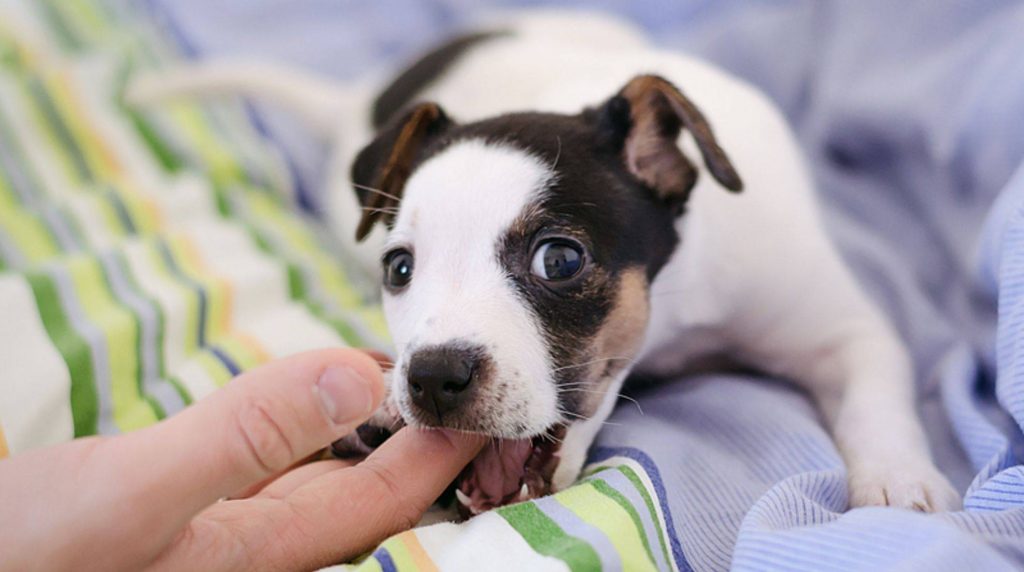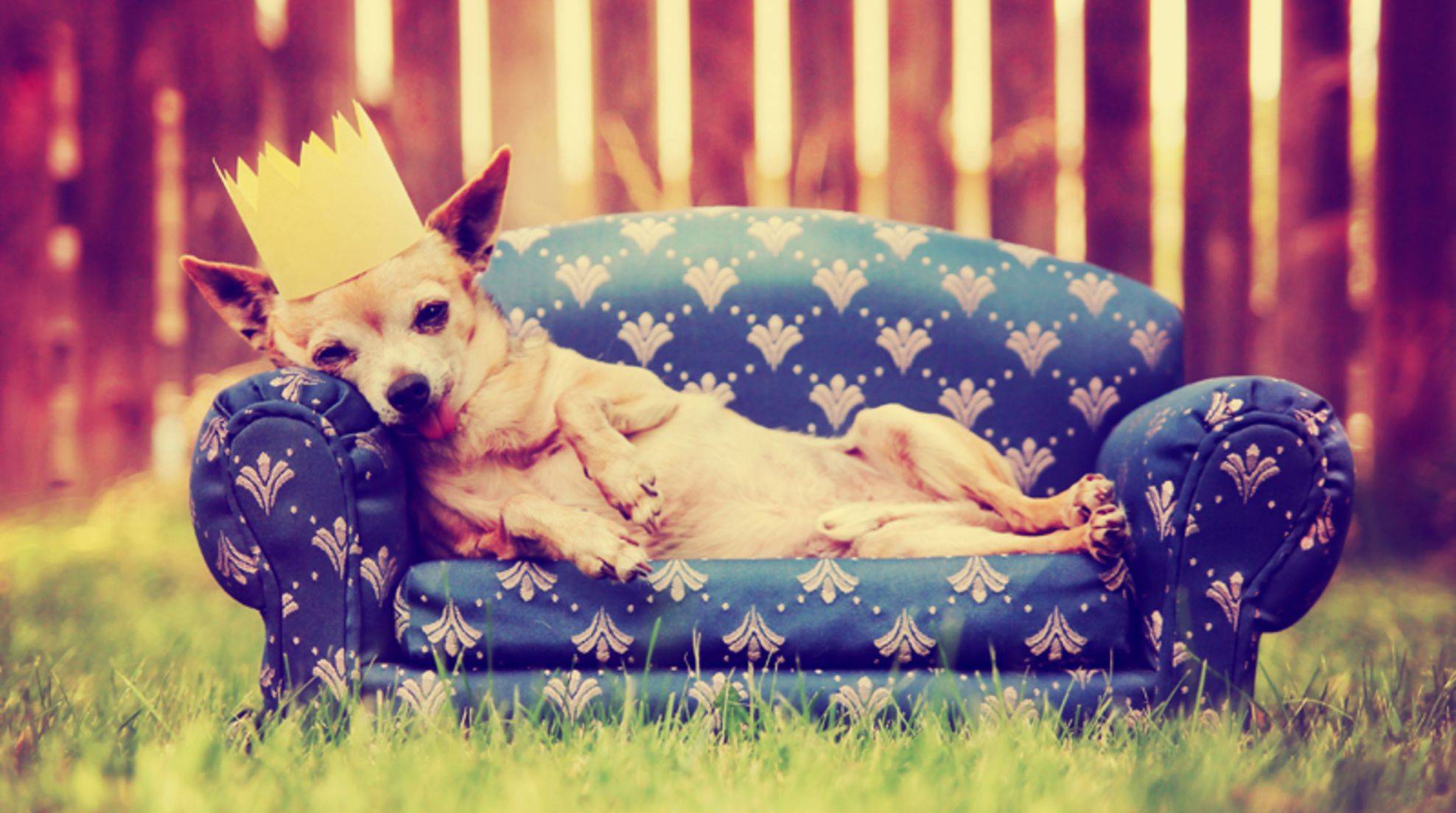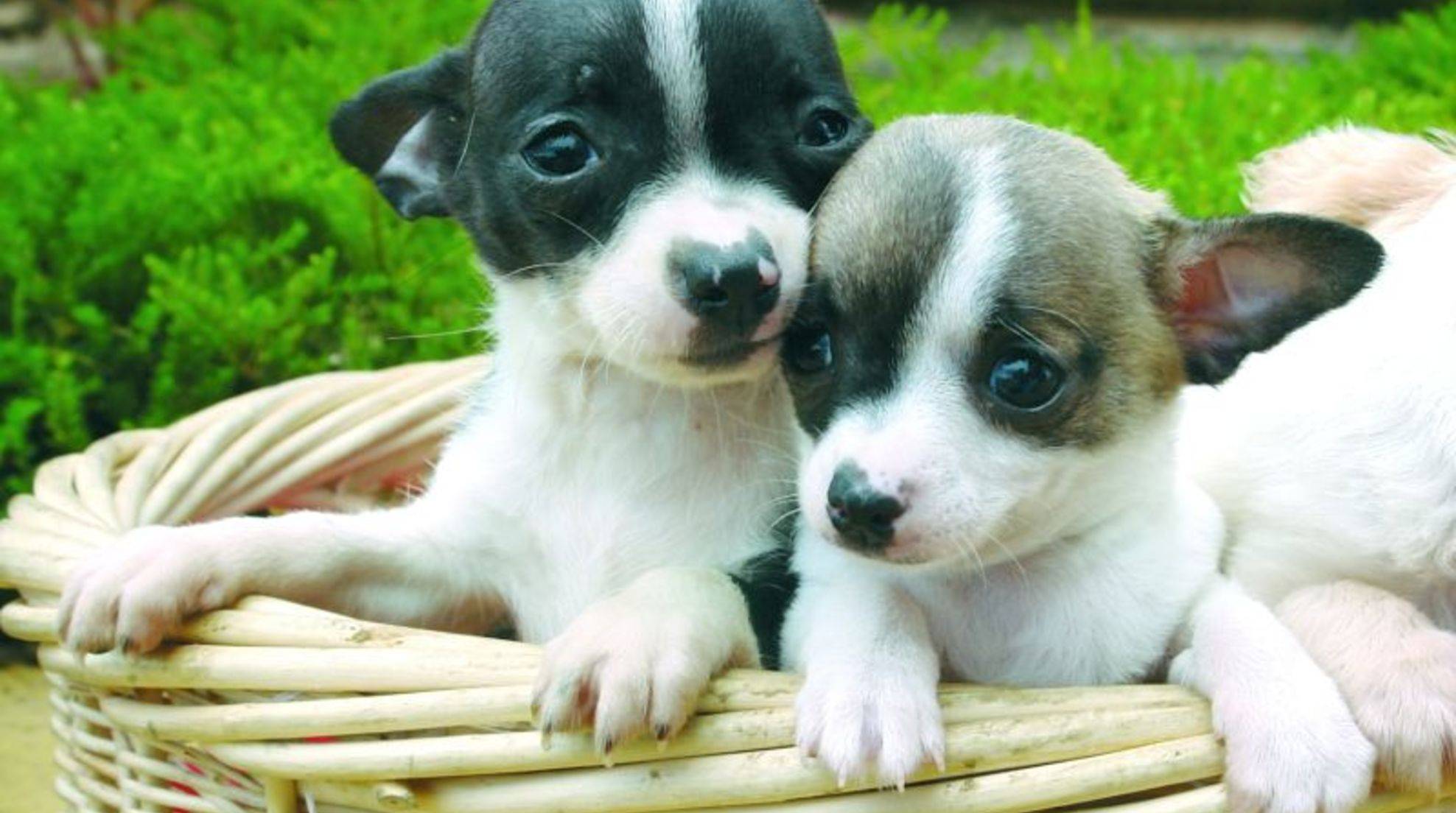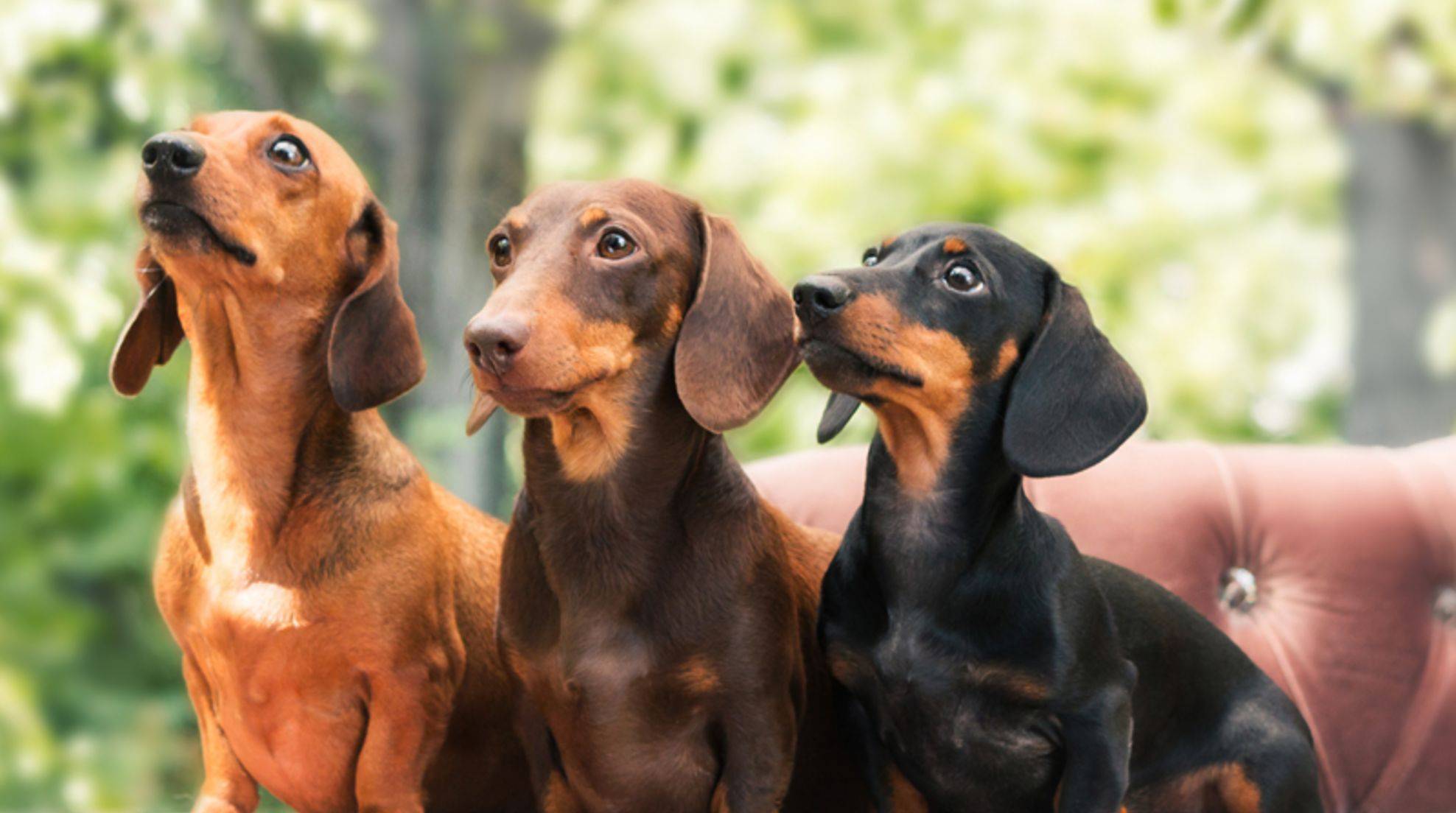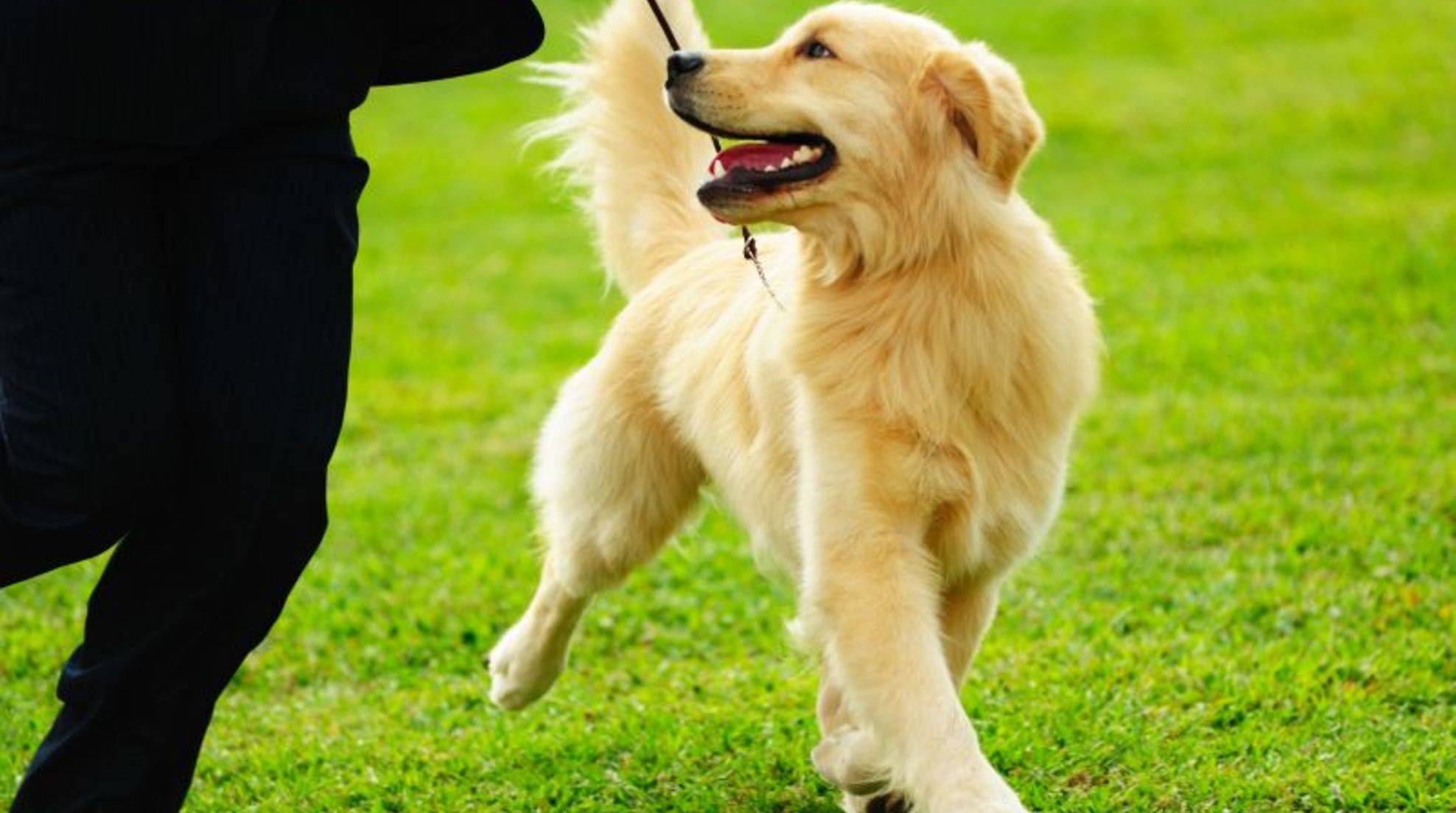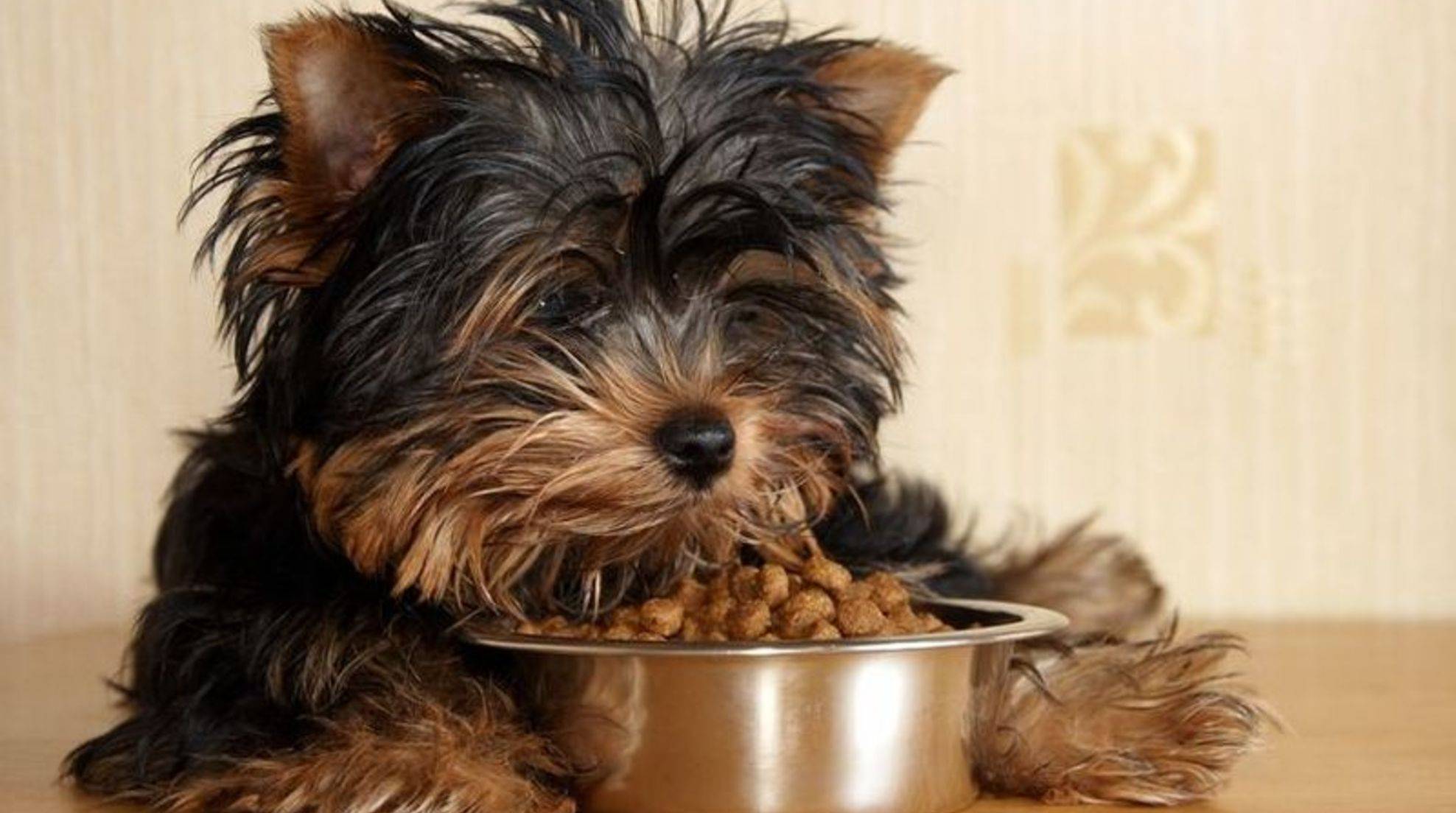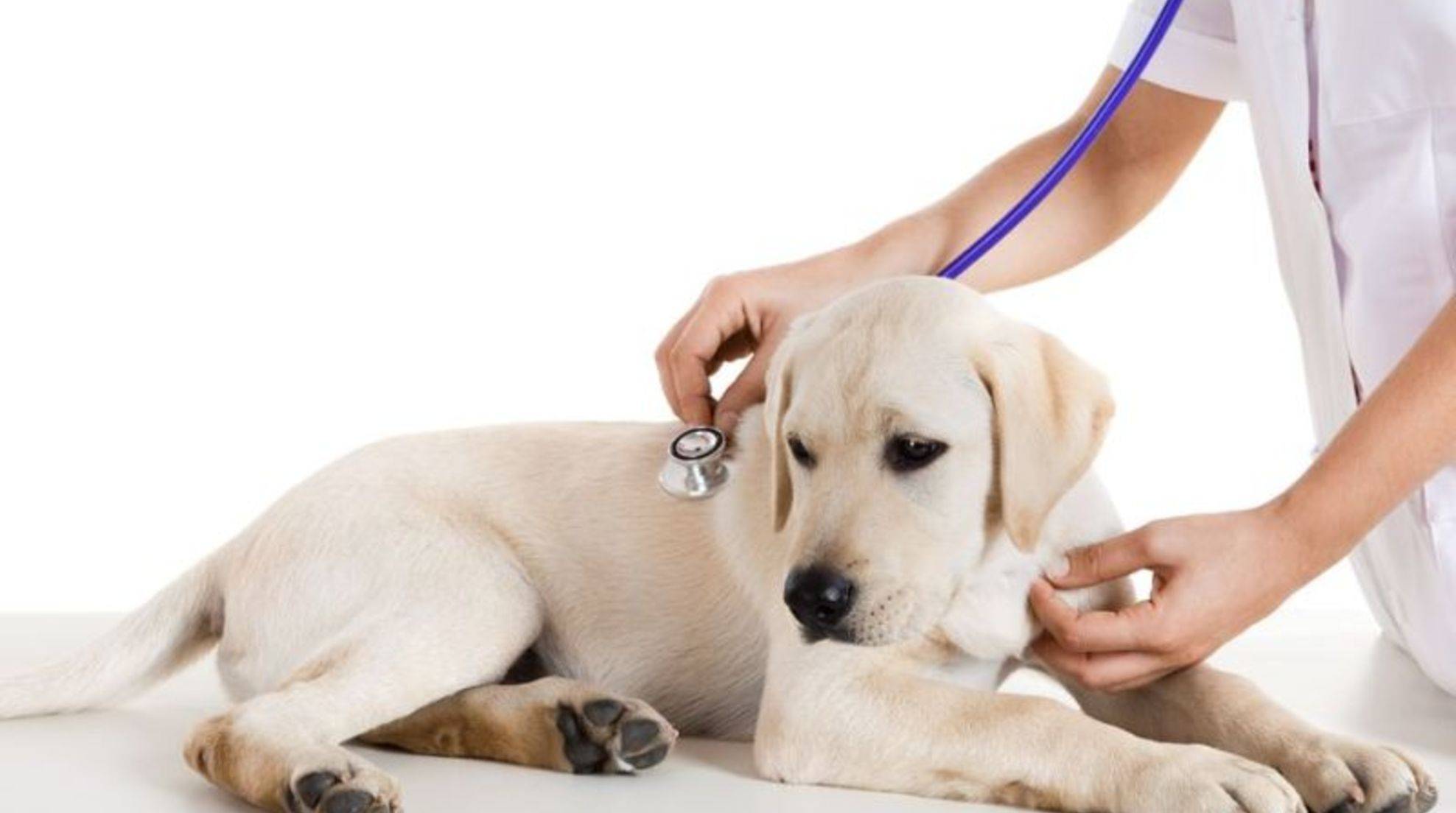Training bite inhibition in puppies: Tips for your dog
When you get a new young dog, your puppy needs to learn bite inhibition. This refers to the ability to control your biting force, especially during play. The little four-legged friend has usually learned from his dog mom and siblings how hard he can bite when romping with other dogs. Humans, however, have more sensitive skin, so that even a slight pinch can be painful.
Bite inhibition in puppies is best trained in a playful but consistent manner. The training goal is that your dog understands that he must not use his teeth too firmly during play. If children are living in the household, for the sake of simplicity, teach your puppy not to bite people at all, even gently.
How your puppy learns bite inhibition during play
To train bite inhibition with your dog, you’ll need some quiet, time, and patience, as well as a dog toy that your puppy can safely grab with his teeth. Watching dogs play among themselves with their siblings or their parents is an excellent way to learn how to teach your puppy bite inhibition. As soon as a puppy bites too hard while wrestling, its play partner yelps briefly and interrupts the romp. The dog’s mother may use the muzzle grip on particularly naughty offspring, which is sometimes recommended for humans as a means of training. However, as a human, you can do many things wrong, so interrupting play is the most recommended training method.
As soon as your puppy pinches your hand, arm, or calf while playing, say “ouch” and stop playing. Once your little four-legged friend has calmed down, resume play. As long as your dog only bites into the toy, the romp continues; the game is only interrupted when he hits you with his teeth. Gradually, he understands that he must not pinch you when he plays with you, as this will immediately lead to the end of the fun.
Over-excited puppy? Train biting inhibition through time-outs.
Sometimes, however, this is not enough to train bite inhibition with your young dog. If your puppy is too overexcited and overconfident during play, he is not receptive enough to understand the principle that play will only continue if he does not bite. In this case, walk away briefly or carry the puppy into another room shortly after using his teeth during play. A few minutes is all it takes – it’s not meant to be a punishment but a way to help the young dog curb his excitement. A small time-out better achieves this than if the game continues right away. After the small break, you can train bite inhibition again and repeat the play interruptions as well as short time-outs until your puppy has learned his lesson.
Children and dogs: learning bite inhibition is significant
Training bite inhibition should be done by adults or older children who can play responsibly and calmly with the dog. Small children cannot yet estimate their strength and must first learn how to deal with dogs themselves, and do not yet have the inner calm and security to express themselves to the dog in an understandable way.
If your puppy has not learned bite inhibition properly, accidents can quickly occur when playing with children. Therefore, use the above methods to teach your dog from the beginning to use his teeth only when playing with objects. Nevertheless, children and dogs should never be left together unsupervised, no matter how well-behaved the four-legged friend is. If you have an adult dog without bite inhibition, it is best to get help from an experienced dog trainer.

